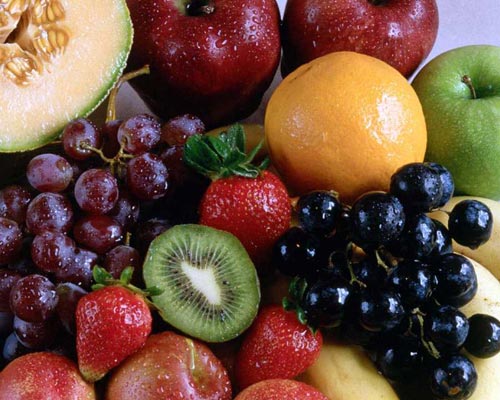Washing vegetables is a way to prevent safe bacteria?
Washing vegetables is right, but will it help us to be safe for bacteria?
When washing tomatoes with cold water will release a lot of harmful bacteria, some of these little creatures can resist the shower. According to experts, they are basically very strong. As a result, human Salmonelle or E.coli bacteria can still cause outbreaks even when we are cautious.
The FDA estimates that there are about 383 cases of Salmonelle currently cited as contaminated tomatoes in 30 states, including Washington, DC, since April 10 when the first victim was discovered. The main agent is Salmonella serotype Saintpaul - an uncommon Salmonella that can live in the intestinal tract of humans and other animals. There are hundreds of Salmonella types.
Brendan Niemira of the Food Safety Commission - US Department of Agriculture in Pennsylvania said: 'At this point, the FDA cannot yet find out exactly where the infected tomatoes come from.'
Tomatoes can be contaminated with contaminated soil, irrigation water, fertilizer, from wild animals or from farmers.

If there are bacteria on the vegetable surface, washing with cold water can only remove some on the surface.(Photo: www.brooklawn.org)
Niemira replied to LiveScience: ' If there are bacteria on the surface of vegetables, washing with cold water can only remove some of the surface. Unfortunately washing with cold water can't clean them all. That's a problem. When they hold on or live in a tightly-connected community called biofilms it is very difficult to eliminate them. '
Rugged surfaces such as the surface of cantaloupe or spinach provide bacteria with many nooks and cracks to hide. Tomatoes have a smoother surface, though on the shell the tomatoes also have small holes that make up the habitat for bacteria.
We need to wash the vegetables with more rough skin. However, Niemira warns that excessive washing or scrubbing can tear or tear the protective coating covering tomatoes and other vegetables. Damaged products may lead to spoilage or be associated with bacteria that damage vegetables.
Although these bacteria do not harm humans, they make soft, spongy vegetables to facilitate the development of human pathogens, such as Salmonella.
Niemira said: 'The bacteria that cause damage do not harm people. When they eat tomatoes, they will make tomatoes broken and watery. When sugar and other substances are released, support the development of pathogens. If there is a pathogen on a tomato, and if the tomato fruit is broken, the pathogen will definitely work. '
FDA recommends that fruits and vegetables should not be washed with soap, detergents, bleaches or commercial vegetable washes.
Here are some tips for keeping vegetables safe:
• Hold vegetables gently to avoid cracking
• Wash with cold water
• Dry if too much water
• Keep vegetables cold in the refrigerator (FDA recommends keeping them at 40 degrees F or lower).
• Discard broken vegetables
Although we try to eliminate dangerous E. coli or Salmonella on food, our bodies are full of bacteria. In fact, many types of bacteria help us perform everyday functions, such as digesting food or preventing harmful bacteria from attacking our skin.
- How to clean and safe vegetables
- Soaking vegetables in salt water does not remove chemicals but you should still do it
- Washing vegetables with clean water is not safe enough?
- Mistakes when eating vegetables many people suffer
- Toshiba tested fresh vegetables without washing them before eating
- How to choose safe vegetables
- Washing machines may contain drug-resistant bacteria
- Safe vegetables grow well on the stone plateau
- Hanoi: Vegetables are contaminated from fields to markets
- How to 'reduce' pesticides in vegetables
- WHO put recommendations on what to do to prevent the spread of resistant bacteria
- Wash your hands, act small to save many lives
 Green tea cleans teeth better than mouthwash?
Green tea cleans teeth better than mouthwash? Death kiss: This is why you should not let anyone kiss your baby's lips
Death kiss: This is why you should not let anyone kiss your baby's lips What is salmonellosis?
What is salmonellosis? Caution should be exercised when using aloe vera through eating and drinking
Caution should be exercised when using aloe vera through eating and drinking